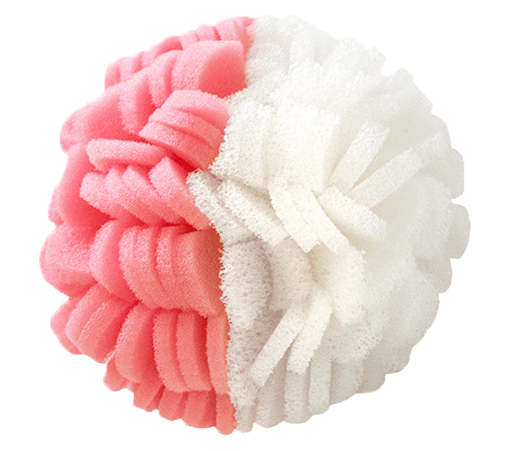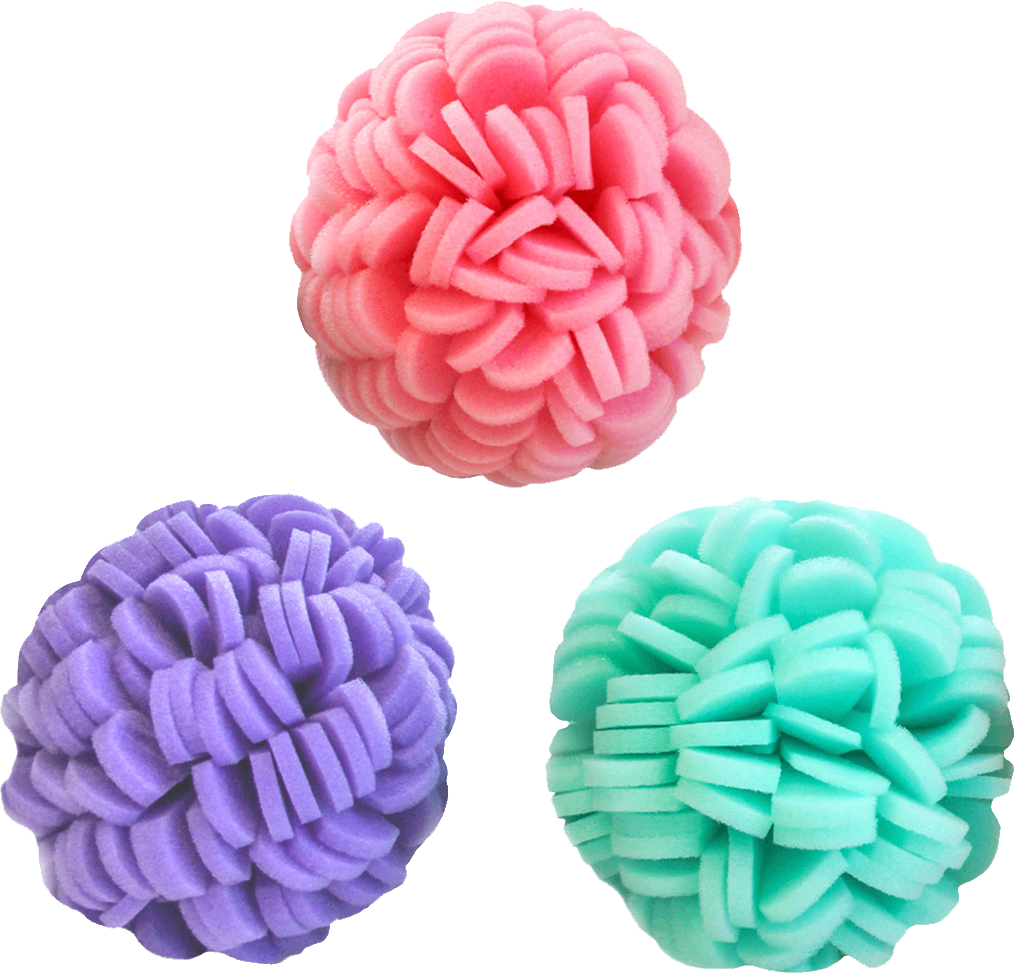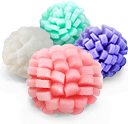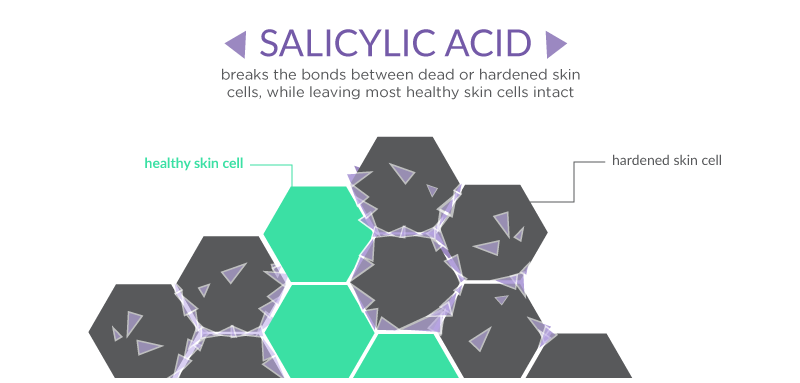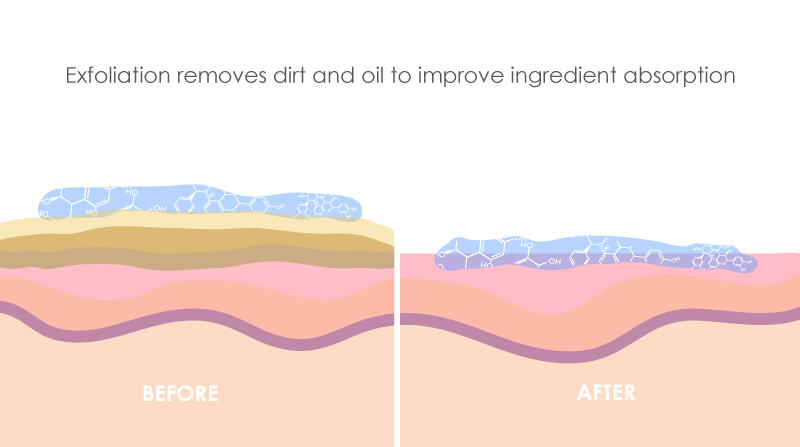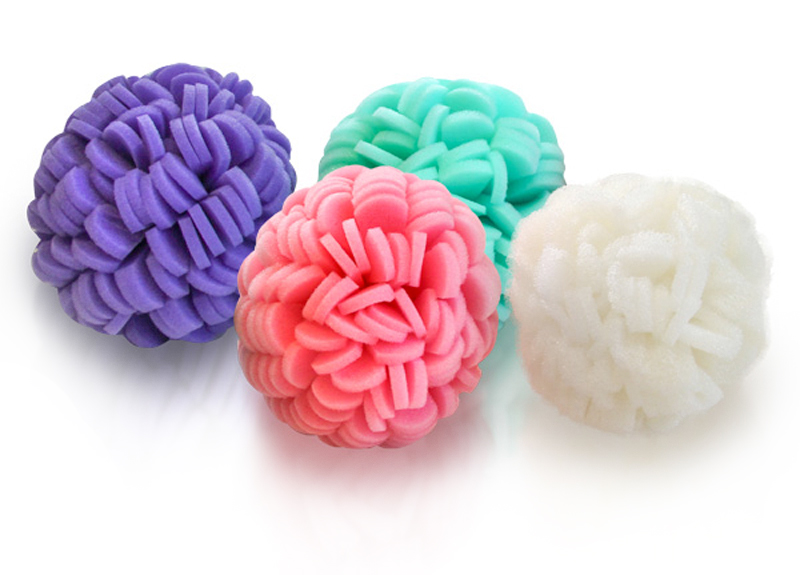If you read our post about salicylic acid back in June (link here), you would know that salicylic acid exfoliation is one of the best ways to cleanse your skin. What makes this form of exfoliation so special is that it is both an anti-inflammatory and anti-bacterial agent that works wonders for acne, without the harsh cleansing of most other exfoliating methods. Today we wanted to spotlight five quick facts about salicylic acid exfoliation that you probably don’t know (but definitely should!).
Salicylic Acid’s Keratolytic Properties Help with Exfoliation
One of the reasons why salicylic acid is such a great exfoliation agent is because of keratolytic properties; in fact, salicylic acid is believed to be the most potent of the know keratolytic agents in dermatology(Clinics in Dermatology). But how does figure into exfoliation? Being a keratolytic agent means that salicylic acid is able to decrease the cohesiveness of horny (hardened) cells in the stratum corneum, without damaging the cellular wall. In other words, salicylic acid exfoliation works by breaking the bonds between dead or hardened skin cells, while leaving most healthy skin cells intact (Archives of Dermatological Research)
Salicylic Acid Exfoliation is Best for Those with Hardened Skin
For most skin types, salicylic acid exfoliation is one of the best exfoliating treatments available. However, if you suffer from psoriasis, ichthyosis, plaques, corns, callouses, acne or some other condition that features hardened skin, then salicylic acid exfoliation is a great way to soothe these conditions (Journal of the American Academy of Dermatology) . Owing to its potent and highly praised keratolytic properties, salicylic acid exfoliation is able to weaken bonds of the aged and hardened skin cells that most other exfoliators may miss.
It’s also worth noting that salicylic acid is generally absorbed much more quickly and stays in the skin for a longer period of time than salicylic acid applied to healthy skin(Clinics in Dermatology). So what does this mean for your skin? If you have particularly stubborn patches of calloused and hardened skin, then salicylic acid’s fast absorption and long-lasting action imply that it works hard to break away calloused skin to reveal smooth, healthy skin, espcieally if used in conjunction with one of our ViaBuff Exfoliators.
Salicylic Acid May Play a Role in Treating Hyperpigmentation
After suffering from a cutaneous wounder, infection, or some sort of topical irritation, some people may suffer from post-inflammatory hyperpigmentation, in which the surrounding skin usually becomes darker in color. Although more research needs to be conducted before findings are conclusive, there is some promising evidence that salicylic acid can help to treat signs of post-inflammatory pigmentation. For example, a study from the journal Dermatologic Research found that salicylic acid exfoliation by means of salicylic acid peels had resulted in small improvements in post-inflammatory hyperpigmentation for several study participants.
However, the researchers noted that a small participant pool may have hindered them from finding more drastic changes in hyperpigmentation. Nevertheless, salicylic acid has shown promise for treating signs of hyperpigmentation that frequently come along with signs of irritation and acne.
Salicylic Acid Exfoliation is Great for Treating Acne
It really is hard to beat salicylic acid exfoliation. Not only do its keratolytic properties slough off hardened skin cells, but it also helps to break up the dead skin cells and dirt that my be contributing to breakouts. Numerous research studies have demonstrated that salicylic acid works wonders on acne by both removing dirt and debris, soothing inflammation, and reducing swelling (Journal of Dermatological Treatment). In most instances, salicylic acid exfoliation does not induce irritation (as long as it is not combined with other potent treatments) and generally provides a speedy and cost-effective means to treat breakouts (American Academy of Dermatology)
Salicylic Acid Isn’t Compatible with Certain Ingredients
While salicylic acid is generally great at soothing the skin and reducing signs of irritation/inflammation, there are certain ingredients that should not be combined with salicylic acid exfoliation. Salicylic acid exfoliation should not be paired with products containing alcohols (which can be drying to the skin), products containing similarly potent soaps and detergents, and other peeling/exfoliating agents (DermNetz) . Generally speaking, you should also avoid combing salicylic acid exfoliation with other medications, such as benzoyl peroxide or topical retinoids. A study from the Journal of the American Academy of Dermatology used a topical preparation of both benzoyl peroxide and salicylic acid to treat acne, and reported some success with this treatment. Nevertheless, you should consult with your dermatologist before combining salicylic acid exfoliation with other highly-potent or medical treatments.
Bottom Line
It’s difficult to find a treatment that is as awesome as salicylic acid exfoliation, especially if the treatment is paired with one of our effective yet affordable ViaBuff Exfoliators. Beware of combining it with alcohols, harsh soaps, or other medicinal treatments without first consulting with your dermatologist or physician. Nevertheless, salicylic acid’s keratolytic properties make it great at sloughing off dead skin cells, dirt, and debris, especially for thus suffering from acne or hardened, calloused skin plaques. Although more evidence is required, growing research has indicated that salicylic acid may also be able to treat signs of post-inflammatory hyperpigmentation.

